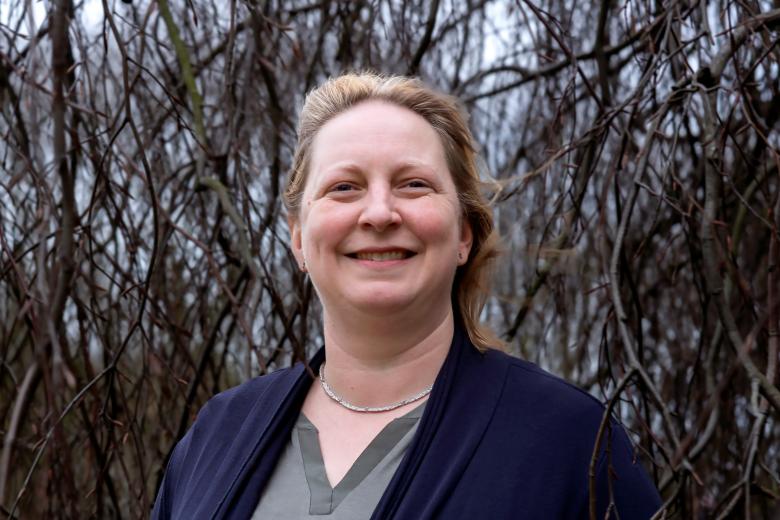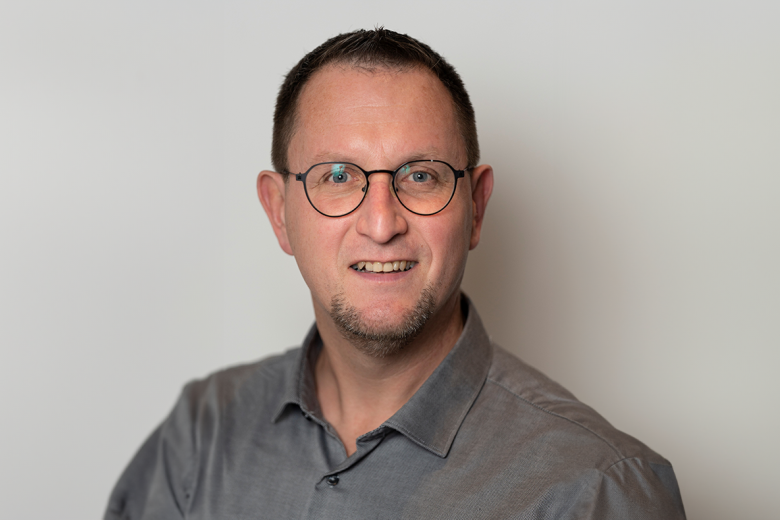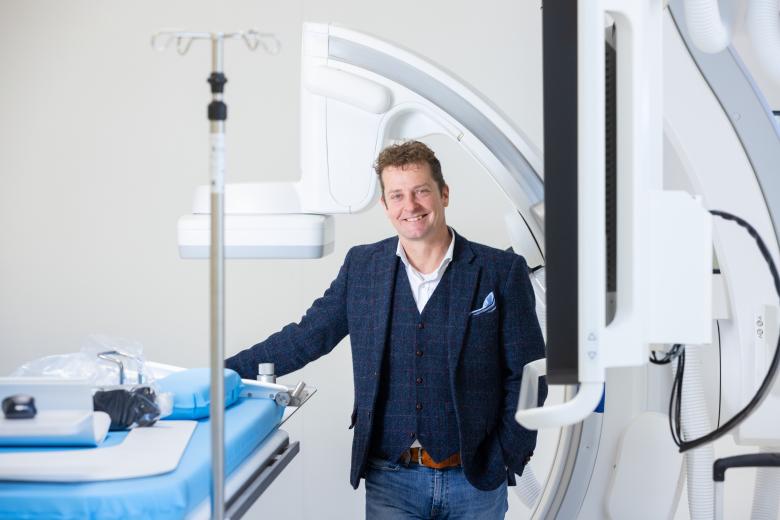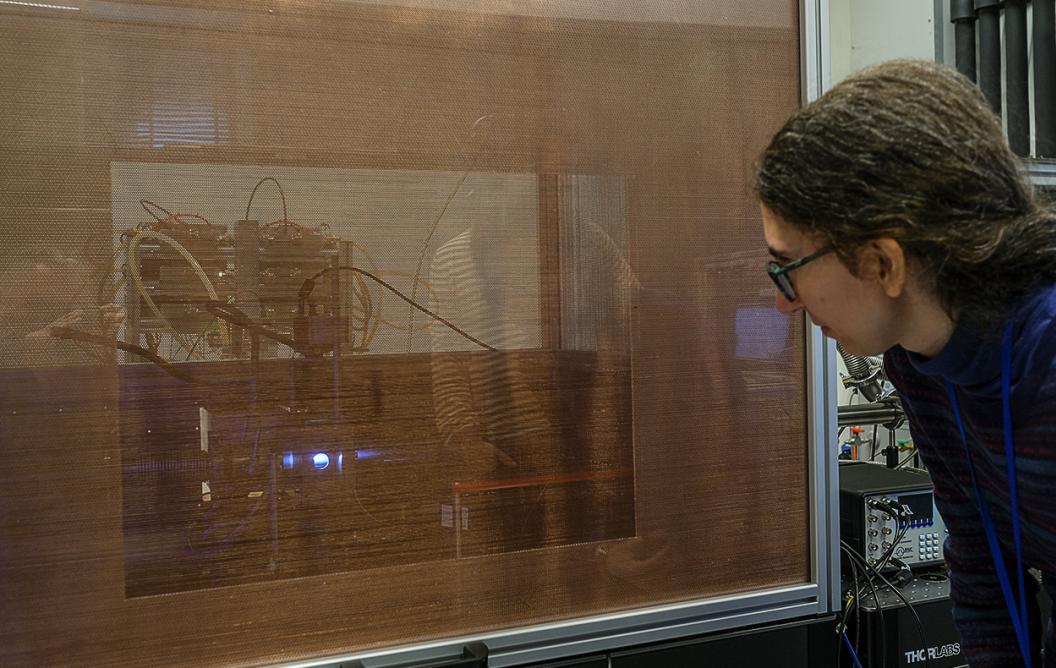How a prize-winning computer model helped unlock the industrial potential of plasmas
This summer, Dr. Paola Diomede (Circular Chemical Engineering) received the William Crookes prize. The prize is awarded for major contributions in plasma physics. In Dr. Diomede’s case, it marks a 20-year multi-disciplinary research journey. What is plasma, what was her research breakthrough, and which bridges did she build to get there?
Let’s start from the beginning: plasma. “If your high school teachers told you there were three states of matter – solids, liquids, and gases – well, then they were lying to you. Plasma is number four. It is what happens when you put heat or energy into a gas, and it becomes ionized.” Diomede points up at the ceiling: “Like in these fluorescent tube lights. Fluorescent tubes are filled with gas, which turns into a light-emitting plasma when electricity runs through. But the sun is also made of plasma. Plasmas have many applications, like lighting and in materials processing. The latter is what I got the prize for.”
Prize-winning computer predictions
Dr. Diomede received the William Crookes prize for building a computer model, which accurately predicts the behavior of plasmas involved in the production of semiconductors and solar cells. “Plasmas can create very fine patterns, like those on the computer chips in your cellphone, by depositing materials on a substrate or by etching into it. This nanometer precision is impossible to achieve with liquids.”
|
In the photo: Dr. Paola Diomede looks at a methane plasma in the Circular Chemical Engineering lab's open plasma reactor. |

Interdisciplinary, collaborative, experimental
Diomede’s models rely on physics, chemistry, mathematics, and software engineering. However, it isn’t necessarily interdisciplinary input that she looks for in colleagues. As someone who combines a master’s degree in physics with a PhD in chemistry and a short experience as a software engineer, she instead seeks out colleagues who work with plasmas in the lab.
“When I started my PhD, there were modelers and experimentalists in the research group where I worked. They were working on completely different plasmas. I asked myself: why is that? We should collaborate as much as possible. We can only build good models if we get data from experiments. That’s why I started looking for collaborators. When I started working with a French research group, who had really advanced methods to measure what was going on in the plasma, it was like a dream come true. My model of hydrogen plasmas was already quite advanced at that point, but it still took us three more years until we reached validation – until the models could predict what was happening in the experiments.”
Circular Chemical Engineering
These days, Dr. Diomede has moved on to modelling other kinds of plasmas. She and her PhD students currently work on models for plasma reactions that break down nitrogen gas, and that produce industrial chemicals like ethylene and acetylene from the greenhouse gas methane. Plasmas can make these types of reactions more efficient and more environmentally friendly.
“It’s the same idea”, she says, “where I model the experiments that we are building up here in the Circular Chemical Engineering group.” The open design of the group’s plasma reactor, as well as a number of collaborative colleagues, help to gather the experimental data she desires.
Back in fashion
Back in the lab, researcher Tim Righart demonstrates the group’s experimental setup. “Plasmas are coming back in fashion”, he says. He fires up a methane plasma. “Plasmas have the potential to greatly reduce fossil fuel use in industry. They also offer incredibly precise control, but it is tricky to figure out the right conditions to master them.” The bright blue plasma flickers as he changes some settings to prove his point.
Figuring out the right conditions: it is exactly here that Dr. Diomede’s computational models shine. She is pleased with her current research environment. “I’m happy to be at the Chemelot campus. I like the friendly environment, and there is a lot of collaboration going on.”
Open source models
Dr. Diomede and her team write all computer code by themselves. This is not a given: when building models, you can also use plug-and-play modules that for instance describe the flow of gases. Dr. Diomede: “By creating everything in the model ourselves, we know exactly what’s going on. This makes it easy to adapt our model and to add to it. We can also freely share the code with others. Once the models are advanced enough, we want to release our work as open source.”
Dr. Paola Diomede received the 2020 prize in recognition of her major contributions to the modeling of Non-equilibrium H2 Plasma and Diffusion Approach to Vibrational Kinetics and the Monte Carlo Flux Method. Due to the pandemic, she received the award at the 2022 edition of ESCAMPIG.
Also read
-
Working at UM: “a life-changing experience”
"I am proud that our new Circular Plastics group published its first completely in-house research," Kim Ragaert says. She founded the research group three years ago, when she moved to Maastricht. Her work has laid the foundations for many innovations in the field of plastic recycling, and she is...

-
How does the universe taste?
Gerco Onderwater investigates the flavour of the universe while guarding the flavour of the Maastricht Science Programme. On 31 May, during his inaugural lecture, he provided a pre-taste of his work in Maastricht.

-
Bridging the gap between technology and clinical practice
Lee Bouwman, a vascular surgeon and endowed professor of Clinical Engineering, specialises in the implementation of groundbreaking healthcare technologies. The key to success, he says, lies in the collaboration between engineers and clinicians. This approach has already resulted in a range of...

